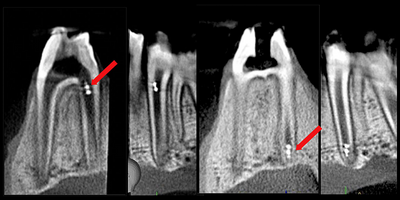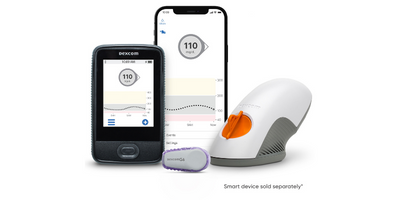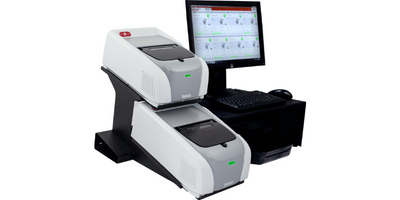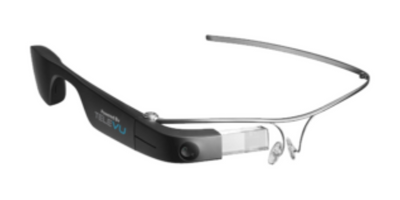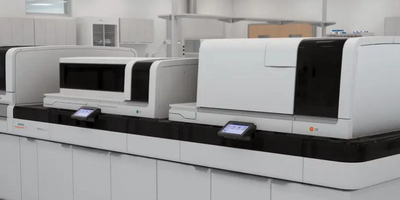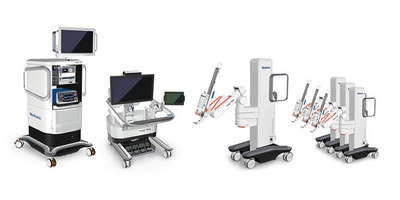While the medical field is one of the most sought-after professions, it’s also one that comes with its share of stress and dangers. Many people go into medicine in the hope of making a difference in peoples’ lives, and there is no denying that technology has the power to enhance the abilities and reach of those serving the industry.
As a sector, MedTech supplies several advantages to healthcare service providers, all designed to lead to better patient care. Clinicians and patients can both benefit from time saved through streamlined procedures. A more efficient, advanced, and less invasive healthcare environment is on the horizon.
Currently transforming the world of medicine, these are a few innovative medical technology updates worthy of review:
Microrobots
Often as small as a single human cell, microbots can be deployed to repair an issue from the inside, avoiding unnecessary incisions in patients. They are less likely to cause tissue damage, and in some instances, can access difficult to reach surfaces.
For example, microbotic developments are being explored in endodontic treatment to address the removal of biofilm in the canals, a leading cause of failure that results in infection.
Wearables
An entire industry of devices is blooming, designed to help patients collect, evaluate and transfer data but also clinician devices such as outpatient monitors, repositionable adhesives, and moisture-responsive incontinence materials.
Compatible with most smartphones, those with diabetes can access products like Dexcom, designed for lifestyle management that also transmits your data to your medical practitioner.
Rapid Diagnostics
A continuous challenge is hospitals and clinics is gaining access to reliable and fast results that aid in effective and timely diagnosis and patient care.
As an example, a facility in Barrie, Ontario, implemented a unique FilmArray® technology demonstrating reduced diagnostic time related to meningitis/encephalitis syndrome. This shortened the length of stay by an average of thirty-six hours per patient, saving money and reducing strain on resources. Several other diagnostic technologies are continuously evolving, tested and made available.
Remote Surgical Support
Reducing surgical procedure times without compromising patient outcomes would assist in patient care backlogs. By providing remote access for surgeons to effectively leverage their peer group and academic centres can have significant positive impact.
Telepresence technology allows a remote surgeon to see exactly what the frontline surgeon is seeing and doing, while interacting and supporting one another through augmented reality devices, as if they were in the same operating room.
Laboratory Capacity Enhancement
Challenged to meet growing testing demands, laboratories are in need reliable, efficient ways to transform operational and clinical performance. An increasing shortage of skilled employees and growing budget constraints place a greater reliance on evolved equipment, such as The Siemens Healthineers Atellica Solution.
Automated quality control and calibration, a sophisticated vision system, intelligent sample management and test scheduling improve workflows even in tightly staffed lab environments.
Surgical Robotics
Robotic-assisted procedures are minimally invasive while offering accuracy, repeatability, control, and efficiency. This, in-turn, offers patients fewer complications, shorter hospital stays, and a faster return to normal activities.
Currently used in Asia-Pacific regions and Latin America, the Hugo robot has up to four arms mounted on individual wheeled carts that be configured differently to accommodate operating rooms and procedure types. Leveraged primarily for gastric bypass and gallbladder removal, the Medtronic device has secured new stages of approvals in Canada.
Virtual Care
Designed to improve patient care and outcomes, these services leverage technology in different ways. From utilizing digital communication tools to diagnosis treatments, to ongoing healthcare services that aid in post-care treatment and monitoring. Access to virtual care services has increased substantially in Canada, not only including telemedicine options but a vast array of virtual patient services as well.



